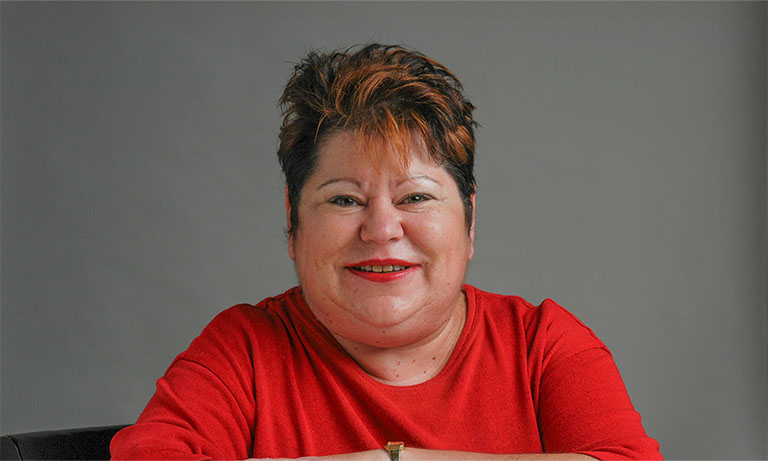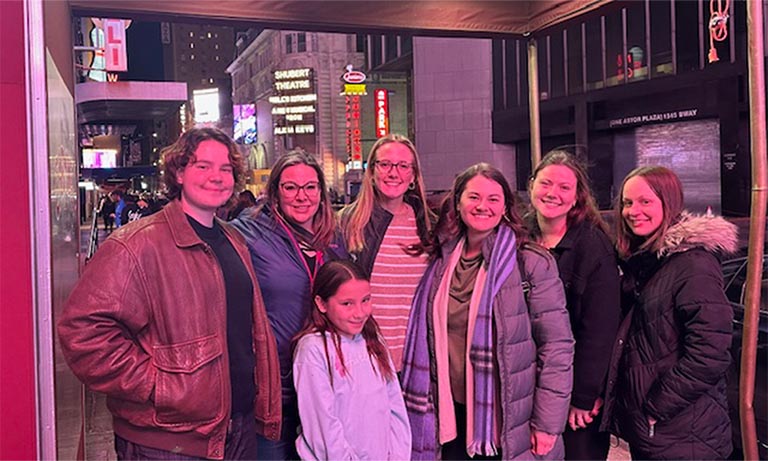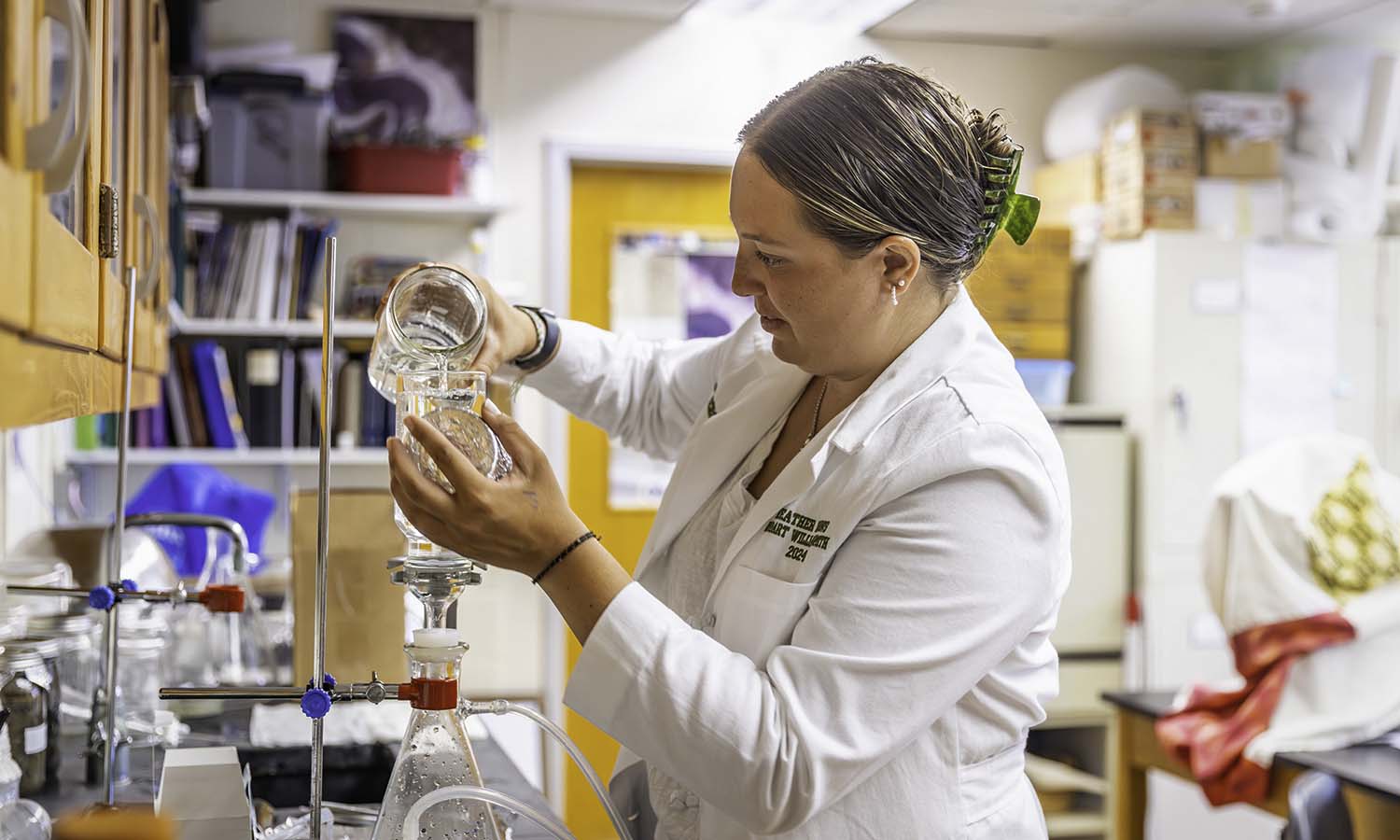
HWS News
9 July 2024 • Faculty • Research Student Researchers Investigate Fish Habitat and Diet in the Finger Lakes
Student researchers examine changes in aquatic communities in Seneca Lake and its watershed.

Under the guidance of Associate Professor of Practice in Biology Susan Cushman, three students are spending the summer conducting research on fish habitat and diet in the Seneca Lake Watershed.
Biology majors Eliza Chace ’26, Jonah Friedman ’26 and Victoria “Tori” Smith ’25 have been collectively working on three projects. In one study, they dissected trout and salmonid stomachs collected from the Seneca Lake Trout Derby to better understand salmonid health while also looking for the presence of round goby, an invasive fish species now found in Seneca Lake. This project, which is in its third and final year of collecting fish tissue from the derby, was initiated and partly funded by the Seneca Lake Pure Waters Association, out of concern for the health of the Lake Trout population in Seneca Lake.
The second project involves the research team conducting stream surveys to detect changes in water quality and watershed health by collecting data on stream fish and invertebrate communities in various tributaries in the Seneca Lake watershed. They use electrofishing techniques to temporarily stun and immobilize stream fish and have collected and identified aquatic insects at each site, which they will compare to previous dataset to detect change.
In the last project, the students are conducting Round Goby surveys along the Seneca Lake shoreline and in the mouths of tributaries to determine how widespread the gobies are and how they use habitat. To do this, the students drag a seine net along the lakeshore and tributary substrate to assess the presence and abundance of gobies.
These projects coincide with the research Cushman is conducting with the Finger Lakes Institute, including Mercury accumulation in stream foodwebs across the Finger Lakes and the assessment of how invasive fish species impact native species.
“Being given such an amazing research opportunity as an undergraduate student is something I had never thought was possible,” says Friedman, also noting the summer fieldwork has given him experience using various scientific equipment and helped him fine-tune his data analysis and scientific writing skills.
Friedman’s passion for fishing and studying fisheries spurred his interest in conducting the research.
“Being an outdoorsman and a fly-fisherman, my appreciation and understanding of fisheries and the conservation of wild and native fish has only escalated as I’ve learned and conducted research this summer with Professor Cushman,” says Friedman, secretary of the HWS Costa 5 Rivers Fishing Club and treasurer of the Delta Chi fraternity.
Smith has also enjoyed how fulfilling the research has been.
“I have worked with professionals in the field, utilized my knowledge from previous coursework and been able to cultivate my love for science, specifically biology,” says Smith. “This experience has confirmed for me that I am in the right field and has made me a stronger student and person by being able to explore my passions and interests.”
Smith says through the experience she has discovered she wants to work in this field. On campus, she is a member of the William Smith swimming and diving team, an Athletic Study Mentor, vice president of the HWS Mindfulness Club, a Community Assistant and president of Women in STEM Club.
“The advice and knowledge I have gained from this work and the collaboration with Eliza, Jonah and Professor Cushman has been invaluable,” says Smith.
Chace agrees. "Through hands-on experiences, I have strengthened my fieldwork skills," she says. "I have also enjoyed learning different techniques and methodologies of sampling different aspects of aquatic ecosystems."
Chace says the experience has reaffirmed her desire to work in the the field of environmental science after HWS.
Top: Jonah Friedman ’26, Eliza Chace ’26, Victoria “Tori” Smith ’25 and Associate Professor of Practice in Biology Susan Cushman pose for a picture during their research.



